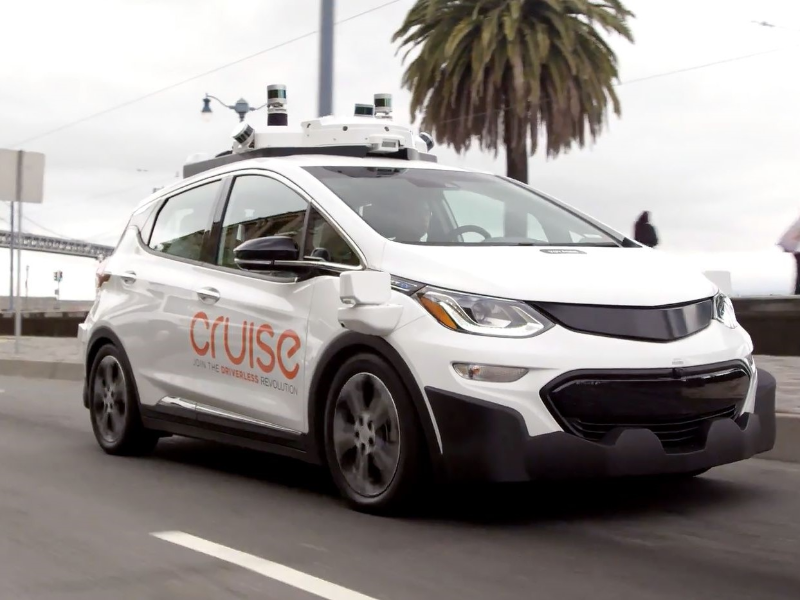- GM has redirected Cruise’s efforts towards developing the next-generation Chevrolet Bolt EV, sidelining the Origin model.
- This decision was influenced by regulatory uncertainties and the high costs associated with its advancement.
OUR TAKE
General Motors’ decision to pivot Cruise’s focus onto the next-gen Bolt EV reflects pragmatic navigation through regulatory and financial challenges. The move underscores the arduous, costly path to full autonomy, necessitating streamlined strategies and cost-effective solutions amid evolving industry dynamics.
–Vicky Wu, BTW reporter
What happened
General Motors has opted to refocus its autonomous driving division, Cruise, on the development of the next-generation Chevrolet Bolt electric vehicle, placing its avant-garde steering wheel-less Origin model on an indefinite hiatus. The automaker had previously petitioned the National Highway Traffic Safety Administration (NHTSA) in 2022 for permission to introduce as many as 2,500 self-driving Origin vehicles annually, devoid of traditional human controls such as brake pedals and rear-view mirrors. However, the regulatory body has not responded to GM’s request, leading the company to reassess its strategy and cite regulatory uncertainties as a significant factor in its decision.
GM announced a temporary suspension of Cruise Origin production at its Detroit facility last November, having already amassed a sizeable stockpile of vehicles. At the time, a spokesperson suggested that this inventory would suffice for the foreseeable future, although it subsequently became apparent that the volume was more substantial than initially anticipated. The cessation of production activities incurred a hefty charge of approximately $583 million for the motor company.
Also read: Alphabet to invest $5B in Waymo to expedite auto-driving market
Also read: Tesla delays robotaxi launch amid design changes
Why it’s important
Industry analysts and experts have opined that the quest to advance autonomous driving systems and robotaxi technologies will be a long, costly, and challenging endeavour. This is due to the significant engineering obstacles and regulatory barriers that must be overcome, a process which is anticipated to span several years. “GM and Cruise are optimizing resources to focus development of our next autonomous vehicle on the next-generation Bolt instead of the Origin,” a GM spokesperson said. “This shift creates a more cost-effective and scalable option for pursuing an autonomous future faster, while avoiding the uncertain path to regulatory compliance in the U.S. that could impede scaling of the Origin.”
Cruise faces multiple investigations post an October collision where a robotaxi struck a pedestrian, leading to licence suspension in California. Amid public backlash, GM’s CEO, Mary Barra, confirmed Cruise’s resumption of tests with safety drivers in three US cities and a new CEO appointment. Previously, Barra envisaged a $50 billion annual revenue target for Cruise by 2030, yet the venture has lost over $8 billion since 2017. GM announced a $1 billion spending cut at Cruise earlier this year. Cruise sought NHTSA permission in 2018 for steering wheel-less vehicles but withdrew the application in 2020. Barra’s revised strategy aims for cost reduction and resource optimisation.

